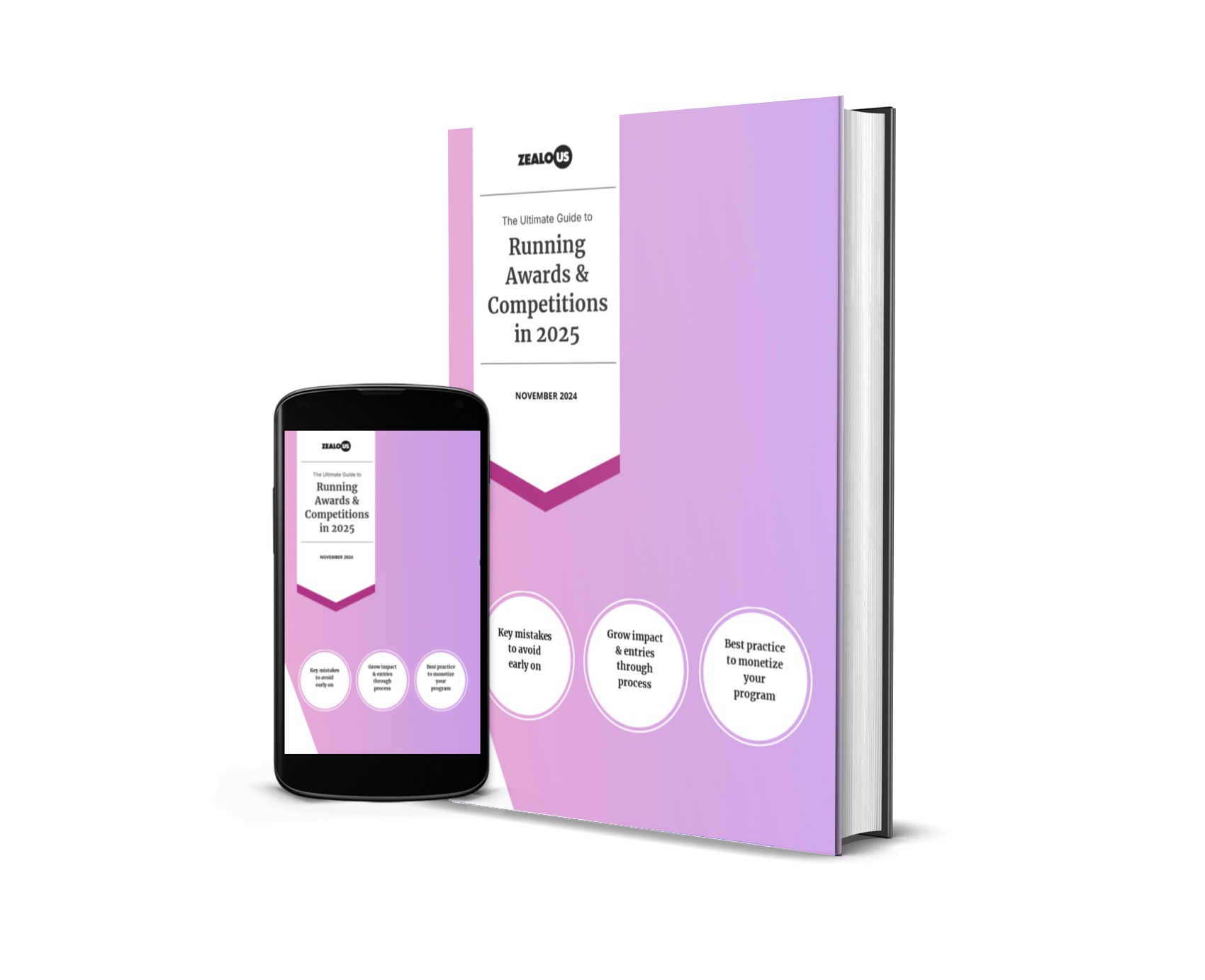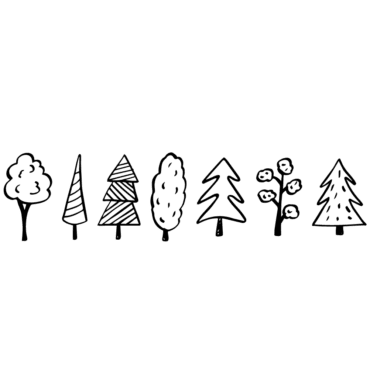As creatives, we need to rally around the following: to make sure we are not just able to make a living from our trade, but make enough to allow us to do what we love the most, create.
Nothing comes for free
This doesn’t have to be money, you can swap work for exposure, experience (internships), materials, space and favours (I’ll swap you an illustration for a short film of my process). Just be sure that you are always aware of what it is costing you and that those receiving the “favour” know what the value of that work would be, otherwise they will always assume it’s free, to your detriment and to the trade that you belong to. The best way (and you’ll want to kill me for this), is to invoice them for the value of your work, and then cross out the value marking it as “Free this time” (or a reduced price). This will allow you to measure how much of your work you are giving away for free each month, which you should consider as “marketing budget” (all that really means is getting exposure in the first place).
Making people know what you would charge, will remove any shocks when you start charging, make them aware of how much you are really giving them and most importantly give value to your trade as a whole (if they know they can get work for free all the time, why should they pay…enter spiral of doom!) Your allocation for free work for “exposure” should not make up more than 20% of the money you make in that year. (like giving £2 away on each £10 made to help get your work recognised).
Also, be aware that all offers for “exposure” are not the same (showing your work to Charles Saatchi or some guy named John Smith makes a big difference).
You are not “selling out“
The arts has this pre-conception that making money is selling out. The sooner you drop that, the better off you’ll be. The hard truth is we all need a roof over our heads, and food on the table to be able to continue doing what we love to do.
Many creatives split their work into what they love and what they do to put food on the table, this is ideal if the skills are interchangeable (e.g. an editor might work for an advertising company, but then wants to become a film director).
Generating Value
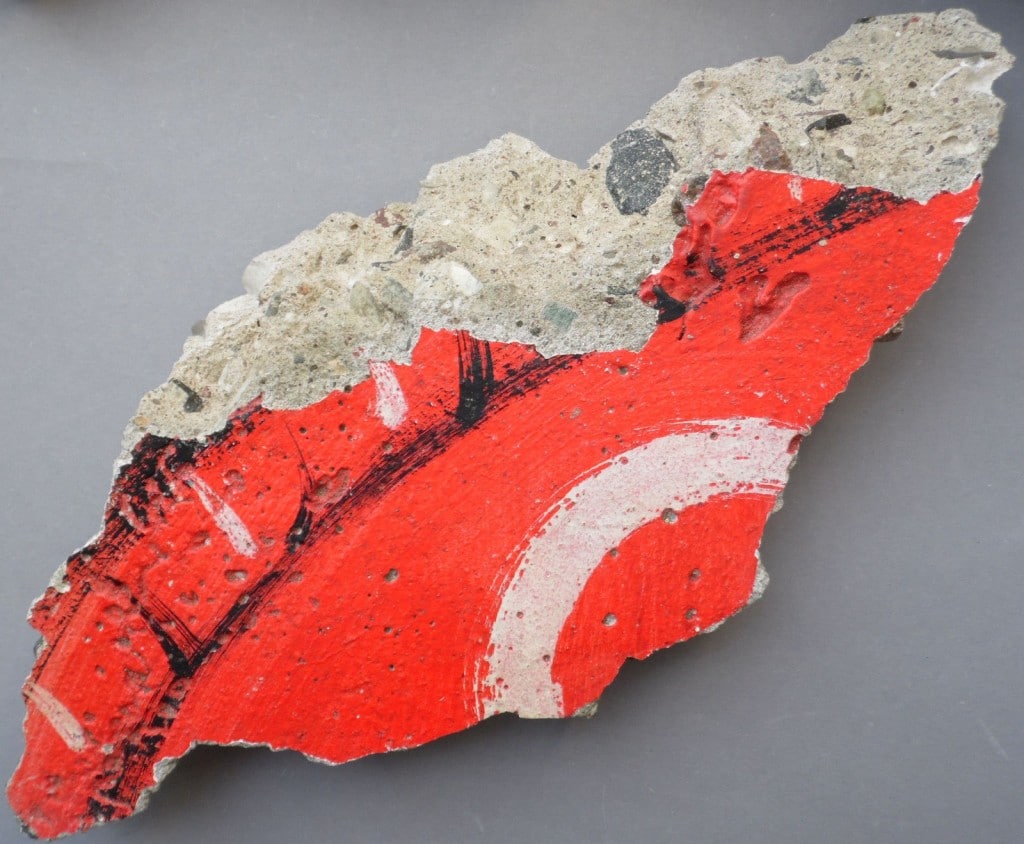
Here’s a piece of concrete, it’s got a little colour on one side and I would like £2,500…fat chance that will happen. What if I told you it was the first fragment chipped off the Berlin wall? I might be a little closer to having you take your wallet out.
As a creative the value of your work is locked in its story and process and you want to make sure you share those constantly.
That painting was made with the fallen hairs of mammoths. Your film was set in an old Victorian asylum, this music combines the gritty sound of machines at the Rolls Royce factory with the elegant notes of the Viennese symphony orchestra…each and every one of your works has a story. Telling it will push the perceived value of your work up (and who knows, you could sell the paint brush too).
Telling people who you’ve worked with (collaborators and clients) also allows you to increase your value.
Understand the value of your work
There are 3 ways to see what your work is worth
Perceived Value
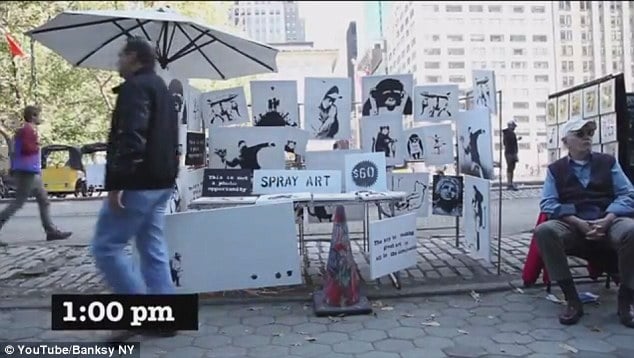
If I was to offer you a glass of water right now and ask you for £100 you would laugh to my face. If you were stranded in a desert and I made you the same offer, I would be £100 richer. The value of an object lies in what someone is willing to pay for it. This model is mostly seen when selling higher profile works (e.g. Banksy’s work which can fetch a million pounds under the hammer, but only a couple of bucks on the street).
Perceived value is the manipulation of how people view your work, and what they think they should pay for it (and if they think it will be worth more later). Auction houses always give you the perceived value of the item, based on the people in the room.
Your only way to gauge perceived would be to over price your work and decrease the cost until someone bought it; or auctioning it on sites like eBay.
Banksy famously showcased how value in the arts market is skewed by selling his original works for $60 in Central Park to an unknowing audience. He only sold 3 which are now fetching over $100,000 each.
Market Rate
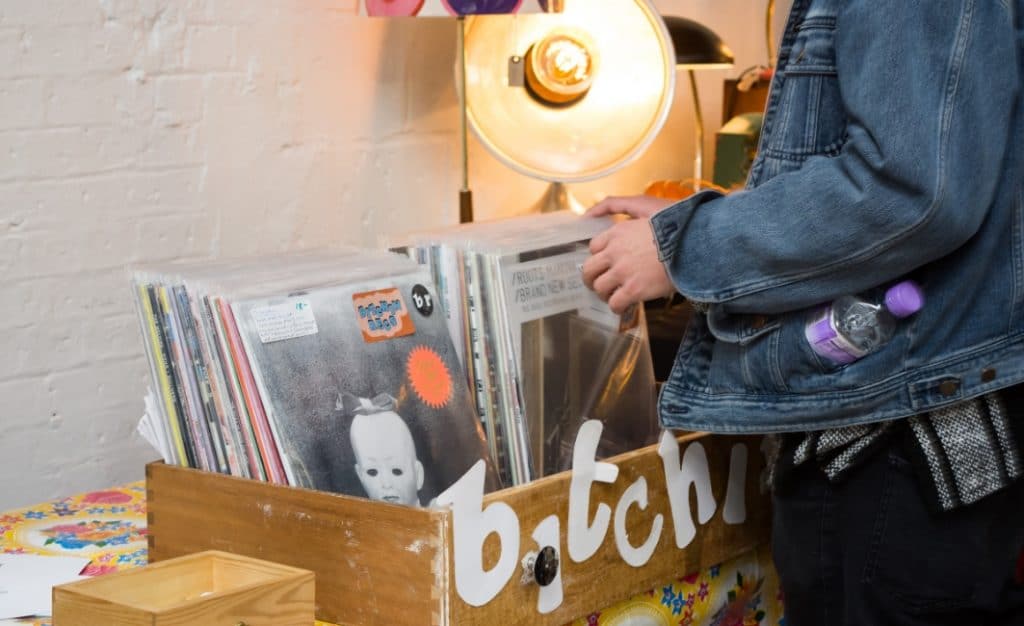
Your services/items need to be in line with those you compete with, and this is where Google is your best friend, it’s amazing what a search can provide you with (if you think you are unique find the closest possible match, or price yourself based on the actual value).
As a filmmaker you won’t be able to challenge the traditional pricing models. It will be almost impossible for you to charge more than £5 for a short film. Your solution lies in what else you can charge them for (signed scripts, days on set…) a model which has flourished on Kickstarter campaigns. It’s no longer just a film, it’s an experience you are charging people for, allowing you to push your premium.
Actual Value
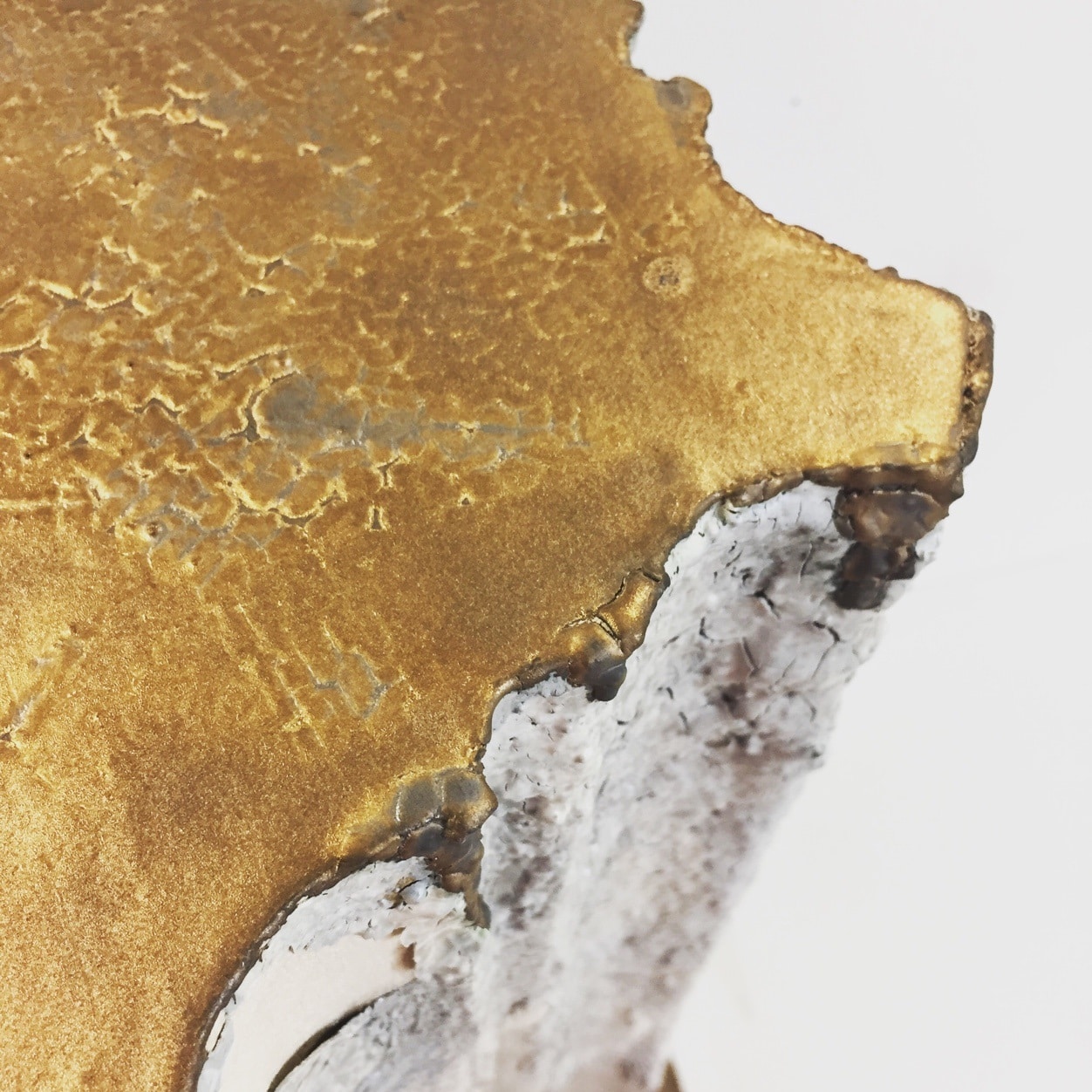
Your value based on time and materials [the most complex, if it feels a little much, leave us a comment and we’ll aim to send you an easier way to calculate it yourself, and an example].
Add up all the costs of the materials you’ve used, then (and that’s the tricky part) calculate your “annual running costs” [marketing, accounting, legal, materials, licences e.g. Creative Cloud) divide them by the amount of work days you have in a year (giving you a cost per day).

Then multiply your daily value by the amount of days on any project you take on. Be sure always to add a % on the days you think it will take you, this will be your profit. If you start eating into these additional days you’ll have made less money from this project.

Based on experience you can then establish if the amount of hours you are charging for is correct. If you find you always overstep your timeline be sure to increase the risk % whilst calculating the days. Keep track of you projects anticipated timeline and then how long they took you. This will help you keep track and improve your quotes.
Once that’s done make sure to check the Market Rate (mentioned above).
Remember if you are charging much less than the average, chances are you’ve made a mistake along the way, or you’re not comparing yourself to people of your calibre.
Unlocking your true creative value
We’re all quick to complain about the falling value of our work, when journalists use our photos without permission, or when services like Spotify bring the music industry crashing to its knees, but let’s face it. The reason this is happening is because we accept it in the first place (which in some way means we agree with it).
It’s an unfortunate fact, but the value of any given sector is measured in cold hard cash; the sooner we accept that the better off the sector will be at putting us once again at the heart of the political agenda.
The power lies with the creators, without them, there would be no market in the first place. If every creative were to refuse unpaid work; our collective value would go up, and all of us would be able to charge “fair” rates for our work. It’s down to you to make sure you get rewarded accordingly, not just for your sake, but the sake of the entire sector
Let us know you want us to write more content like this with a love!
Share

Guy Armitage
Founder
View Profile

